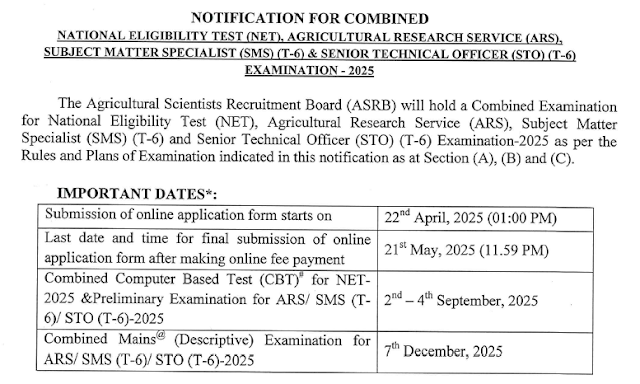Whispers of the Wild: Endangered Plants of India and Their Forgotten Stories
Once upon a time, deep in the heart of the Western Ghats, an old medicine woman sat beneath the shade of a mighty sandalwood tree (Santalum album), whispering to the leaves. She was the last of her kind, a guardian of plant wisdom passed down through generations. Yet, like the towering sandalwood, her knowledge was vanishing.
The Silent Disappearance
Across India, endangered plant species are fading, taking with them ancient stories, remedies, and lifelines of ecosystems. Here are some of these silent guardians and why they matter to mankind:
1. Sandalwood (Santalum album)
- Importance: Valued for its fragrant heartwood and essential oils used in perfumes, medicines, and religious rituals.
- Threats: Illegal logging and habitat destruction.
- Ethnobotany: Used in Ayurveda for skin ailments and in meditation for its calming properties.
2. Himalayan Yew (Taxus wallichiana)
- Importance: The source of paclitaxel, a life-saving chemotherapy drug.
- Threats: Unsustainable harvesting due to high medicinal demand.
- Ethnobotany: Used in traditional Tibetan and Ayurvedic medicine for respiratory ailments.
3. Red Sandalwood (Pterocarpus santalinus)
- Importance: Highly valued for its medicinal properties and use in dyes, cosmetics, and woodcraft.
- Threats: Overexploitation and smuggling.
- Ethnobotany: Used in Ayurveda for treating digestive and skin disorders.
4. Indian Ghost Tree (Saraca asoca)
- Importance: A sacred tree in Indian mythology, known for its medicinal bark and flowers.
- Threats: Deforestation and habitat loss.
- Ethnobotany: Used in Ayurveda for gynecological health and menstrual disorders.
5. Malabar Ebony (Diospyros malabarica)
- Importance: Its fruits and seeds have medicinal properties; the timber is highly valuable.
- Threats: Overharvesting for timber and habitat destruction.
- Ethnobotany: Used in traditional medicine for treating fever and wounds.
Ethnobotany: A Forgotten Science?
Ethnobotany, the study of the relationship between people and plants, is the bridge between ancient wisdom and modern science. Indigenous communities have long understood how plants heal, nourish, and protect life. Yet, as forests vanish, so does this invaluable knowledge.
A study published in Ethnobotany Research and Applications (2022) highlights that nearly 60% of medicinal plants face extinction due to overexploitation and habitat destruction. Researchers emphasize the need for sustainable harvesting practices, community conservation efforts, and integrating Indigenous knowledge into modern medicine.
The Urgency of Conservation
If we continue this path, the world will lose not only plants but the wisdom encoded within their roots, leaves, and flowers. Organizations like CITES (Convention on International Trade in Endangered Species) and Botanic Gardens Conservation International are working to safeguard these plants, but they need global awareness and action.
A Call to Action
The medicine woman from the Western Ghats is not alone in her grief. She represents all the forgotten voices—human and botanical—calling out for protection. Each one of us can contribute by:
- Supporting ethical and sustainable herbal medicine.
- Encouraging reforestation and conservation projects.
- Learning from Indigenous communities and respecting their wisdom.
- Raising awareness through storytelling, education, and advocacy.
Final Thoughts
Plants have whispered their secrets to humankind for millennia. They have healed us, fed us, and provided shelter. It is time we listen, protect, and give back before the whispers turn into silence.
References:
- Ved, D. K., & Goraya, G. S. (2022). Demand and Supply of Medicinal Plants in India. National Medicinal Plants Board.
- CITES (2023). Sustainable Trade and Protection of Endangered Plant Species. www.cites.org
- Botanical Survey of India (2023). Conservation Strategies for Threatened Indian Flora. www.bsi.gov.in
- Balick, M. J., & Cox, P. A. (2022). Plants, People, and Culture: The Science of Ethnobotany. New York: Scientific Publications.
Do you have a story about a plant that shaped your culture, health, or life? Share it in the comments below! Let’s keep the whispers alive.



Comments